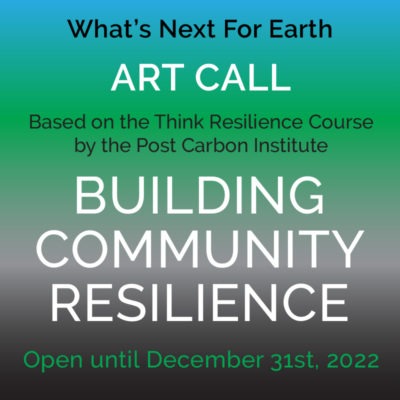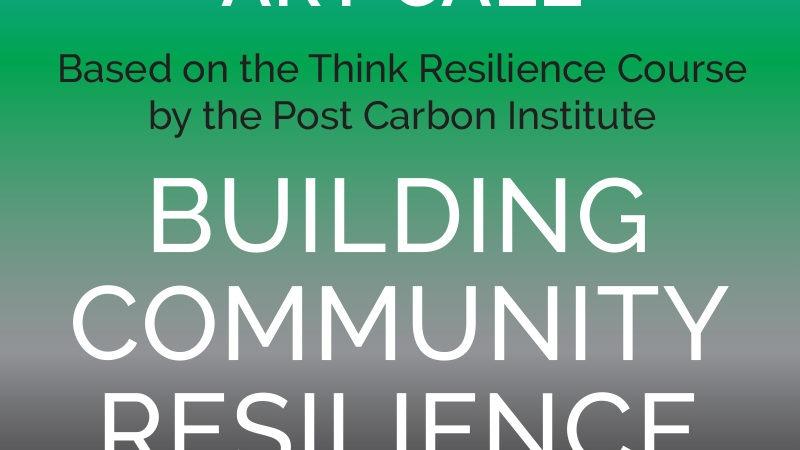“In 2015, Post Carbon Institute surveyed the academic literature on resilience and talked to scholars, activists, and local leaders around the country to determine how the concepts of resilience might be most usefully applied in communities by people who aren’t resilience scientists. We found an easily understood framework that speaks directly to the challenges communities face regarding equity, group decision-making, and their complex social and economic contexts. We identified six foundations that appear necessary for community resilience-building efforts to be successful. And these are: people, systems thinking, adaptability, transformability, sustainability, and courage.”
– Richard Heinberg

Welcome to the fourth chapter of the Think Resilience course: Resilience Thinking. In this session, we’ll dig into the science of resilience to better understand how our communities function and how they need to change.
You are invited to participate in @WhatsNextForEarth’s art call Six Foundations for Building Community Resilience, open until December 31th, 2022. What’s Next for Earth is a participative art project on Instagram that invites artists to respond to a bi-monthly topic, reflecting on the human predicament. An online exhibition will be on view on this website and on the What’s Next for Earth’s website.


